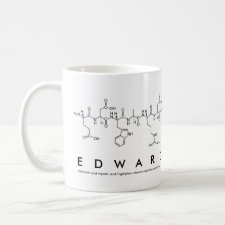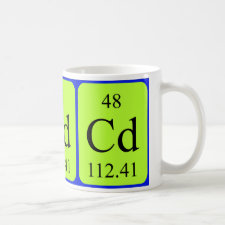
Authors: Lai EPC, Bahraini N, Li CS, Sadi BB, Kramer GH
Article Title: Cd2+, Cu2+, Pb2+, Sr2+, and Y3+ binding characteristics of 17β-estradiol molecularly imprinted polymer particles incorporated with dicyclohexano-18-crown-6 for urine bioassay.
Publication date: 2012
Journal: Journal of Applied Polymer Science
Volume: 123
Issue: (1)
Page numbers: 12-19.
DOI: 10.1002/app.34409
Abstract: The metal ion binding characteristics of molecularly imprinted polymer (MIP) submicron particles prepared using 17β-estradiol (E2) as a template, and incorporated with dicyclohexano-18-crown-6 (DCH18C6), were studied using differential pulse anodic stripping voltammetry. When Sr2+ was added to DCH18C6-E2-MIP particles already occupied by Cd2+, Cu2+, and Pb2+ inside the binding sites, a displacement reaction was observed: Cd2+/Cu2+/Pb2+-DCH18C6-E2-MIP + Sr2+ = Sr2+-DCH18C6-E2-MIP + Cd2+/Cu2+/Pb2+. This demonstrated that DCH18C6 had stronger binding affinity for Sr2+ than Cd2+ Cu2+ or Pb2+. Strong DCH18C6 binding affinity was also observed for Y3+. Atomic emission spectrometry showed that DCH18C6-E2-MIP particles (150 mg/mL) resulted in 52% binding of Sr2+ (2000 ppm, at pH 6.3 ± 0.1 and ionic strength of 0.1M NaNO2). © 2011 Wiley Periodicals, Inc. J Appl Polym Sci, 2011
Template and target information: 17β-estradiol, E2, Cd(II), Cu(II), Pb(II), Sr(II), Y(III), cadmium ion, copper ion, lead ion, strontium ion, yttrium ion
Author keywords: Strontium, 17β-estradiol, dicyclohexano-18-crown-6, molecularly imprinted polymer, submicron particles, Differential pulse anodic stripping voltammetry, atomic emission spectrometry



Join the Society for Molecular Imprinting

New items RSS feed
Sign-up for e-mail updates:
Choose between receiving an occasional newsletter or more frequent e-mail alerts.
Click here to go to the sign-up page.
Is your name elemental or peptidic? Enter your name and find out by clicking either of the buttons below!
Other products you may like:
 MIPdatabase
MIPdatabase









